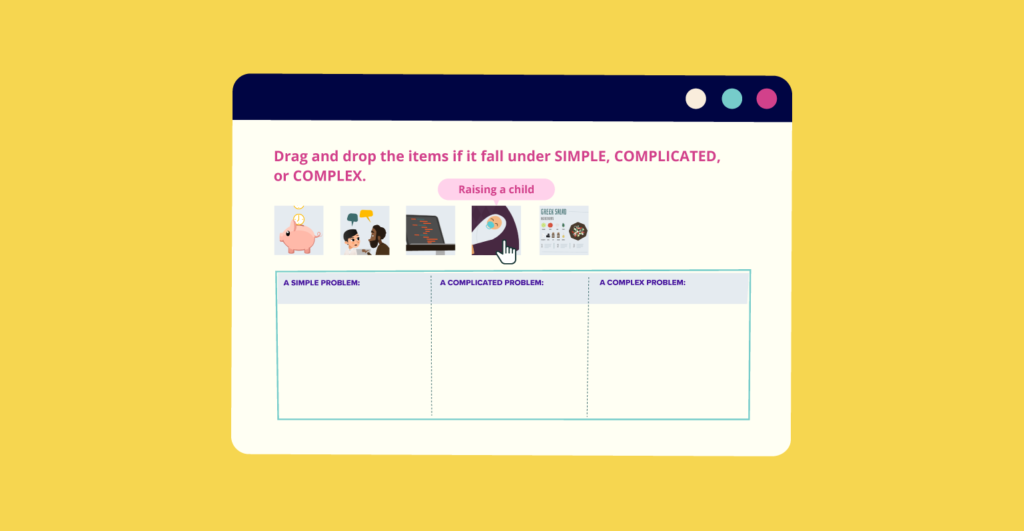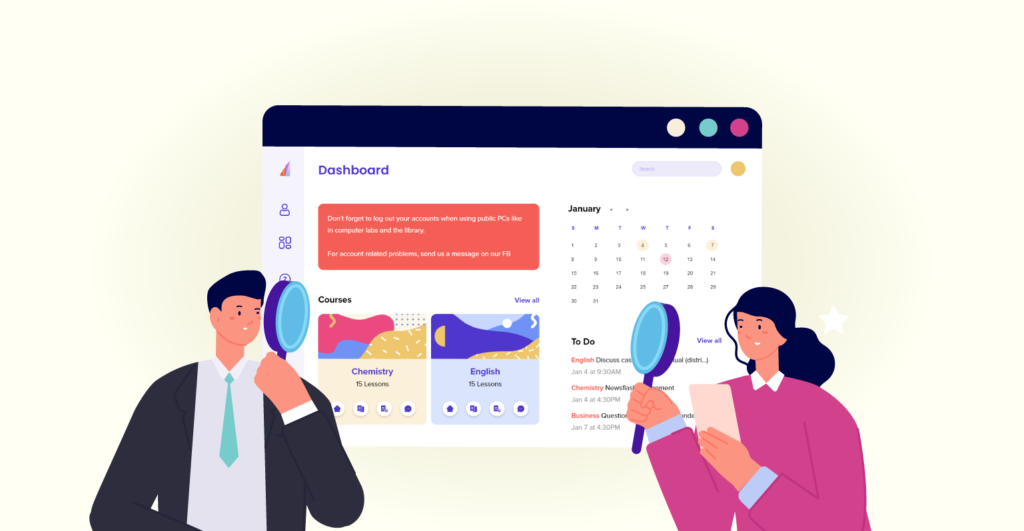5 Tips to Reduce Corporate Training Costs

The world has changed rapidly, providing us with new technologies, experiences, and skills. Companies not only need to embrace change, but they must also continue to learn to stay relevant. And to learn, they must provide employees with training opportunities to expand their skills and expertise.
But while training is a fundamental part of any organisation’s long-term investment and growth strategy, we also couldn’t deny that for some companies, it’s an expense. Regardless if it’s on-site, blended, or online training, it requires a great deal of resources, time, and planning. But what if I tell you that training shouldn’t be that costly, and if you do it right, you don’t have to sacrifice quality? Here are five things you can do to reduce your training expenses.
1. Reduce, Reuse, Recycle

You might probably think that the phrase “reduce, reuse, recycle” can only relate to environmental protection, but the phrase can also be applied to make your training more practical and cost-effective. Here’s how:
a. Reduce the amount of training and learning materials. Providing learners with too many training materials might be too stressful and overwhelming, especially if those are impractical and irrelevant. That’s why you need to evaluate existing training content and see if it’s associated with your current strategic goals, and whether it can add more value to your training. If you think that it’s not interesting and engaging anymore, then you’re welcome to remove it.
b. Reuse. A good way to minimise training costs is to repurpose training lessons purchased or created in the past. For example, you can search your old and used training modules, and identify which appropriate, approved materials fit your current needs. In this way, you don’t need to toil and create new lessons every month, and you don’t need to tap your creative teams to create something new.
c. Recycle. Older content often becomes outdated, but that doesn’t mean it’s already worthless. You can turn your ordinary lessons into something more appealing! For example, you can grab all the important data and information from your old presentations and transform them into easy-to-digest, detailed, and punchy infographics.
2. Switch to e-Learning

E-learning is the digital acquisition of knowledge through electronic media, usually involving the Internet. The e-Learning courses use videos, motion graphics, and role-based scenarios, to make the training more interactive and engaging. It can be much more cost-effective than classroom-based training, as it does not require learners to travel just to be in the same place, or invest in expensive learning resources for each module of their course. Instead, learners can access training materials from wherever they are, automatically cutting out travel expenses. And, because modules can be studied digitally, learners do not need to spend money on textbooks and other equipment.
3. Utilise microlearning

Microlearning is a skill-based approach to learning that offers bite-sized, focused training resources to help learners accomplish a specific learning objective. It allows learners to engage in lessons at the exact moment they need them. Since content is chunked into digestible units, it increases the learners’ ability to retain knowledge easily, without feeling overwhelmed. Moreover, it’s very engaging since it includes various training materials we can utilise, such as videos, motion graphics, and interactive quizzes.
Due to being small and often bite-sized, microlearning can offer a more cost-effective approach to training. Since it can be tailored to a specific learning element, the method also requires less time and fewer resources for delivery and preparation.
4. Incorporate virtual gamification

With gamification elements, the amount of learners’ engagement tends to be higher. As learners are more involved and engaged in gamified training materials, they are more likely to complete the course in a shorter time. Less training time can reduce the time and costs associated with training programmes. And since prizes for good work in virtual gamification will also be virtual, you can further reduce your training costs.
5. Find the right online learning platform

The use of a learning management system (LMS) to store, create, manage, and carry out educational and training programmes can help you save money and improve learning efficiency. Through an LMS, educational institutions and organisations can provide simultaneous training of learners working from different geographical locations, saving on travel costs, accommodation expenses, venue rental, and instructor salaries. With the help of an online training platform, instructors can quickly update and improve lesson plans and documents, thereby saving printing material costs.
To further improve your learning and training programmes, it’s practical to choose an LMS that is easy to navigate and user-friendly. Certain Learning Management Systems like SSAVANT, offer various features, such as course management, gamification, bite-sized mobile learning, and augmented and virtual reality to provide seamless interactive learning! Other LMSs also offer free demos, so you might discover what best fits your company and how an LMS can be a game-changer for you.
The costs associated with employee training can be discouraging to any company. But by applying the strategies above, you might be able to recognise some of the aspects of your training programme that can be achieved at a lower cost. Hopefully, these tips can serve as an inspiration to find some gains while reducing some pains.
Do you need further help to reduce your training costs? SSA Innovations can assist you! With our e-Learning services, you can transform outdated educational courses into interactive experiences through immersive learning situations, role-based scenarios, and animated videos. We also have SSAVANT, our learning management system (LMS) that can house all your training materials and courses in one centralised location. Our LMS has all the necessary features to support your employees’ training needs! Contact us today to discover how we can help you achieve more positive training outcomes without breaking the bank.
Related Topics

e-Learning: How does AI Personalisation Work?
AI personalisation is changing the landscape of online learning. By...

FOBO: The Fear of Becoming Obsolete (Infographic)
Experiencing a sense of being left behind and finding it...

Discovering No-Code Development
Picture a scenario where you have a small clothing business...

The Rise of AI-Powered Web Apps and Their Ethical Implications
AI is transforming the way we interact with web apps,...

3 Signs Your Business Needs a Web Application
As your business grows, you may face challenges in managing...